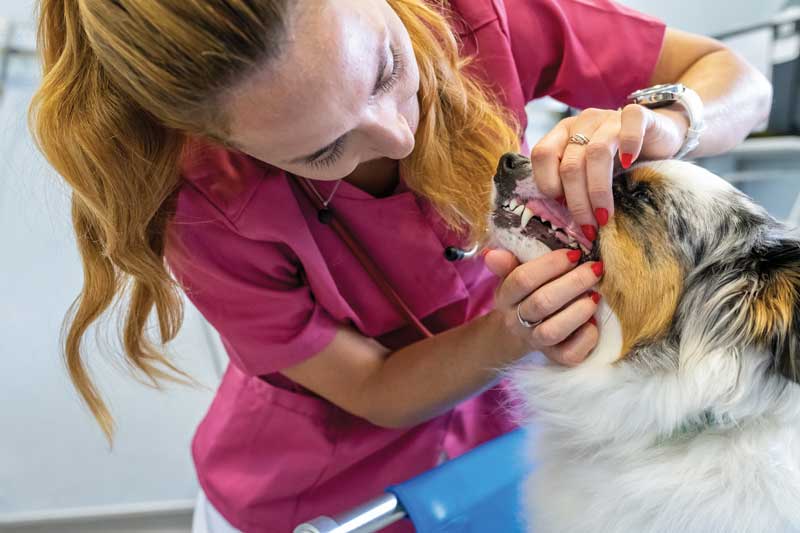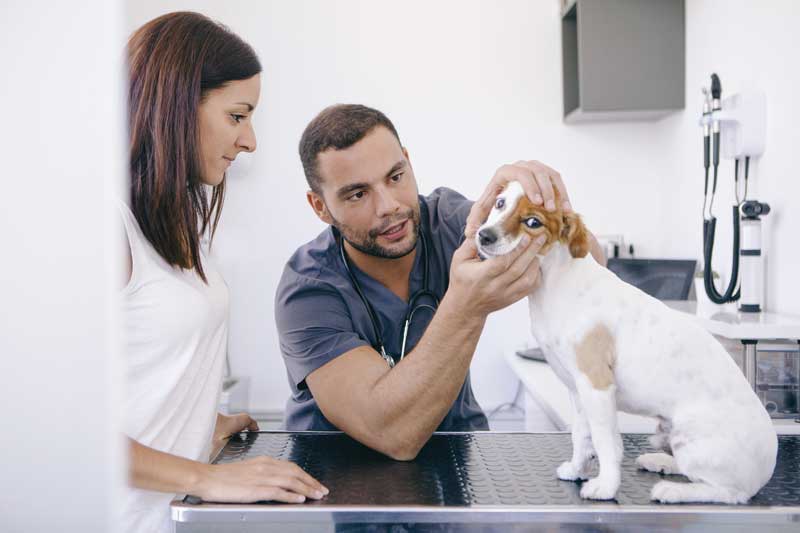
As a practicing veterinarian for the last 20 years, and a practice owner for most of that period, I have seen a lot. I know what veterinary burnout and compassion fatigue can look and feel like. I have worked in practices where I drove by a few times before pulling into the parking lot because I just could not do it yet. I know the struggle of veterinary/client relationships and how emotionally draining it can be. I am speaking not from theory; I am preaching from the trenches. I have been very fortunate to work with a lot of great veterinarians and in many different practice settings. Today, with the varied things I do in the world of veterinary medicine, I have had the opportunity to meet veterinary professionals from around the world, and it is interesting how similar our lives can be. There are situations that transcend regions and cultures.
Veterinary burnout and client/practice relationships are issues that we all can and will struggle with, and if we talk long enough with someone from vet med, those feelings and challenges always come up.
My goal of this article is to do my part to alleviate some of those issues. We all can feel bombarded with patient loads and the angst that we do not have enough time to educate our clients the way we could if we just had five more minutes. Maybe that is part of the problem—this feeling of, “I need to hurry to the next thing.”
The hard truth
One bit of verbiage I have heard over and over through the years is the statement, “they need a dental” coming from the exam room or being said over a phone call. What does that mean? It could be something different in nearly every patient. I have seen many patient visits and they do not all need the same dental procedures. Yes, there are similarities for most dental prophies, but not when there are infections, fractures, malalignments, etc.
During an exam setting on a hectic day with fractious patients in the lobby waiting on you, it can be easy to tell the owner standing in front of you that the patient in your grasp just “needs a dental.” I get it. You could blindly tell 50 percent of your clients this and be correct. Have them schedule with the receptionist and move on with your day. However, there is probably more to it than that, right? What percentage of patients walking into your practice literally only need a dental prophy? My guess is those pets are by far in the minority. Most will have a retained deciduous tooth, severe plaque buildup, a slab fracture, an oronasal fistula or who knows what else. What about pets like mine at home with a severe underbite? These are all opportunities to explain why we need preventative dental health, but most of those talks begin with why we need to get the patients’ oral health back to square one.
Without pointing these things out in the exam room, we are setting ourselves up for issues down the road. Sometimes, we can be our own worst enemy. Trust me, I know. I earned every white and gray hair in this beard I wear. Personal experience has taught me the five minutes you do not take to fully explain the needs of the patient will cost owners much more afterward.
Our clients cannot fully grasp what goes into the different dental procedures and only can lean on their own experiences from having their teeth cleanings. When they walk into the reception area to schedule the prescribed procedure, most clients will ask what the costs are related to a dental cleaning. The receptionist gives the pricing and now our doom is set. They will be expecting a dental cleaning, but then the next thing they know, someone is calling about a tooth that needs extraction or that antibiotics should be prescribed given the severity of the infection, and we cannot leave out the dreaded oronasal fistula discussion. We need to do a better job collectively in fully explaining every little thing that we see within a physical examination and then taking the time to fully explaining what is necessary for the next step.

Thorough evaluation
I know I sound like a broken record, but we all can do a better job at the complete evaluation of the oral health of patients before we are scheduling these procedures. Take the time to explain the preferred next step and pointing out the issues at hand. Can you always see the slab fracture that a patient has under a ton of calculus and plaque on a molar? No. But could you see that one side is collecting more plaque and that there is more gingivitis and pain associated with the molar? Yes. If you are looking at and evaluating the whole picture, you can point this out and explain the possibilities. How hard is it to point out the retained deciduous teeth and explain that their presence will change your patient’s bite and health forever if not corrected? It is not. What about malalignments such as under and overbites? These pets usually need dental cleaning more frequently for good oral health. My pet does and ends up with a prophy every eight months or so. Take the time and fully explain your findings and your expectations.
Taking extra five minutes
We love to talk about how we are treated by our clients, good and bad, but sometimes we are our own worst enemy. If we do not explain the possibilities, we risk of having owners upset with the receptionist over the bill, or is snippy with the assistant when they bring up the pet at the end of the day
By taking the time to explain and teach our clients, the communication gets easier, and we reinforce their trust.
We put our lives on hold for long stretches of time to work in this profession. We pour our hearts out to the patients that we love and serve. We need to have the self-awareness that by not taking the time on the front side of procedures like these, we are setting ourselves up for controversy and confrontations that eventually lead down the paths of burnout and compassion fatigue. We owe it to our co-workers and ourselves to change these habits.
Five more minutes invested today will save you at least double that down the road, plus maybe a few less gray hairs.
Cade M. Wilson, DVM, is a practicing veterinarian and a three-doctor mixed-animal practice owner in Ardmore, Okla. Dr. Wilson has been practicing small animal medicine for the last 20 years and been a practice owner for the last 17 years.
